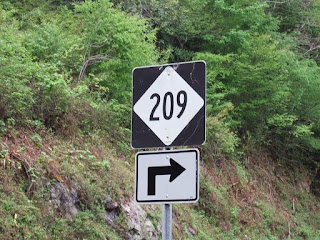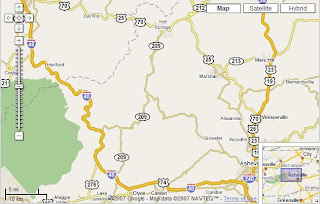America’s most famous soldier comes under fire

When Sergeant Alvin C. York returned to America in 1919 as the best-known hero of the World War, he decided to devote his attention to improving education in his native rural Tennessee. But by 1933 the state Department of Education was investigating charges that York was guilty of incompetence, negligence, nepotism, and bringing in outsiders. What happened?
York's tenure in the military overseas made him painfully aware of his own educational shortcomings and convinced him that an adequate education was the key to advancement. He originally wanted to create several small schools strategically placed in the mountains, but found the goal to be unrealistic. He decided instead to put his energy towards creating an institution known as the York Industrial Institute (later changed to the York Agricultural and Industrial Institute).
In 1925 the Tennessee General Assembly appropriated fifty thousand dollars toward the school's construction. York announced in 1927 that any future donations or gifts that would have gone to him would now go to the building of schools. He helped further finance the project by going on lectures. However, debt piled up, and when his health began to fail, his financial picture only worsened. He had raised only about $10,000 in a school fund. York, a Democrat, battled the local Republican Fentress County executives over the school's location. Local officials threatened the school’s eviction from the site, and York appealed directly to the state legislature and national media for support. As a result, the 1925 legislation was amended to give the state Department of Education oversight of York Institute.
The school finally opened in 1929, but even with state backing York's problems continued. County officials refused to support the school. In order to pay teachers' salaries, York twice mortgaged his home and paid the teachers directly from his own pocket. He also bought school buses with his own money because the county refused to provide them.
The 1933 investigation uncovered no corruption, but state officials recognized that York was ill equipped to assess the capabilities of faculty. And so, the Department of Education decided in 1937 that for the survival of the institution, the state would administer the school's operation. York was named president emeritus and presided over ceremonial functions.
More than twenty years after he returned home from France, Sergeant Alvin York signed with Warner Brothers to tell his life's story. He acted as advisor. Gary Cooper played York, for which performance he won an Academy Award. The movie was released in 1941.
With the $169,449.84 he received from Warner Brothers, York was able to pay off most of his debts.
Sources:
http://tinyurl.com/2whl2e
http://tinyurl.com/328twe
Originally blogged at Appalachian History
appalachian+history appalachian+culture appalachia history+of+appalachia



















.jpg)
.jpg)
.jpg)
.jpg)
.jpg)
.jpg)

.jpg)
.jpg)
.jpg)
.jpg)
























